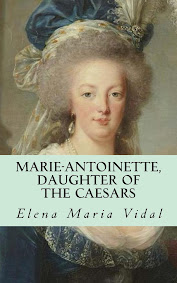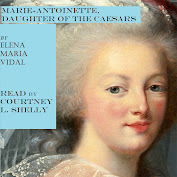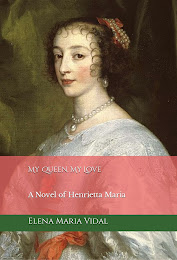ShareUntil the May 21, 2000 canonization of 25 Mexican martyrs, many Catholics—even in the neighboring United States—were unaware of the scope and ferocity of the persecution unleashed against the Catholic Church in Mexico during the 1920s and 1930s. The bitter conflict known as the Cristero Rebellion (the Cristiada) is rarely mentioned by popular historians. Under the dictatorship of Plutarco Elias Calles, from 1924 to 1928, the Mexican government was bitterly anti-clerical; Calles wanted to eradicate the Catholic Church. In 1925 he attempted to establish a national church, expelled all foreign clergymen from the country, and confiscated the property of Church-affiliated agencies such as schools, hospitals, and charitable institutions. In 1926, 33 new legislative measures designed to suppress the Church—measures which became known as the Ley Calles (the Calles Law)—were enacted. The Ley Calles limited the number of priests who could serve in any locality, and the number of services they could lead, closed down seminaries and convents, and barred foreign priests from serving in Mexico.With the knowledge of Pope Pius XI, the Mexican bishops closed the country’s Catholic churches in protest against these new repressive laws. Faithful Catholics mobilized, collecting over two million signatures on a petition calling for the repeal of the Ley Calles. But their efforts were ignored by the Mexican regime, and finally some Catholics, concluding that they had no other choice, took up arms in an effort to restore their religious liberty.The Cristero rebels, whose cause was always handicapped by a shortage of weapons and a lack of military training and experience, officially began their military campaign on New Year’s Day in 1927. The rebellion began in Jalisco, and spread rapidly to surrounding areas. It ended 30 months later, with the results settled at a bargaining table rather than a battlefield.Most of the Mexican Catholic bishops had always opposed armed conflict. From his place in exile, Bishop Pascual Diaz of Tabasco ceaselessly worked to formulate an agreement with the government that could bring an end to the fighting. Dwight Whitney Morrow, the US ambassador to Mexico, and Father John J. Burke, the head of the US National Catholic Welfare Conference (the predecessor to today’s US Catholic Conference) were also key players in the search for a negotiated solution.When Alvaro Obregón, Calles’s successor as Mexican president, was assassinated two weeks after his election, Emilio Portes Gil was named interim president. Portes Gil was more flexible than his predecessors, and on June 21, 1929 his government reached an agreement with the Catholic negotiators. On June 27, the churches of Mexico were re-opened, to the joyous pealing of their bells. (Read entire post.)
Tota pulchra es Maria
4 days ago

















1 comment:
This truly is a chapter in Mexican history that many people--especially Mexicans--have not known until recently. Here is a bit more one of the martyrs of this period
http://www.thecatholictravelguide.com/MiguelPro.html
Post a Comment